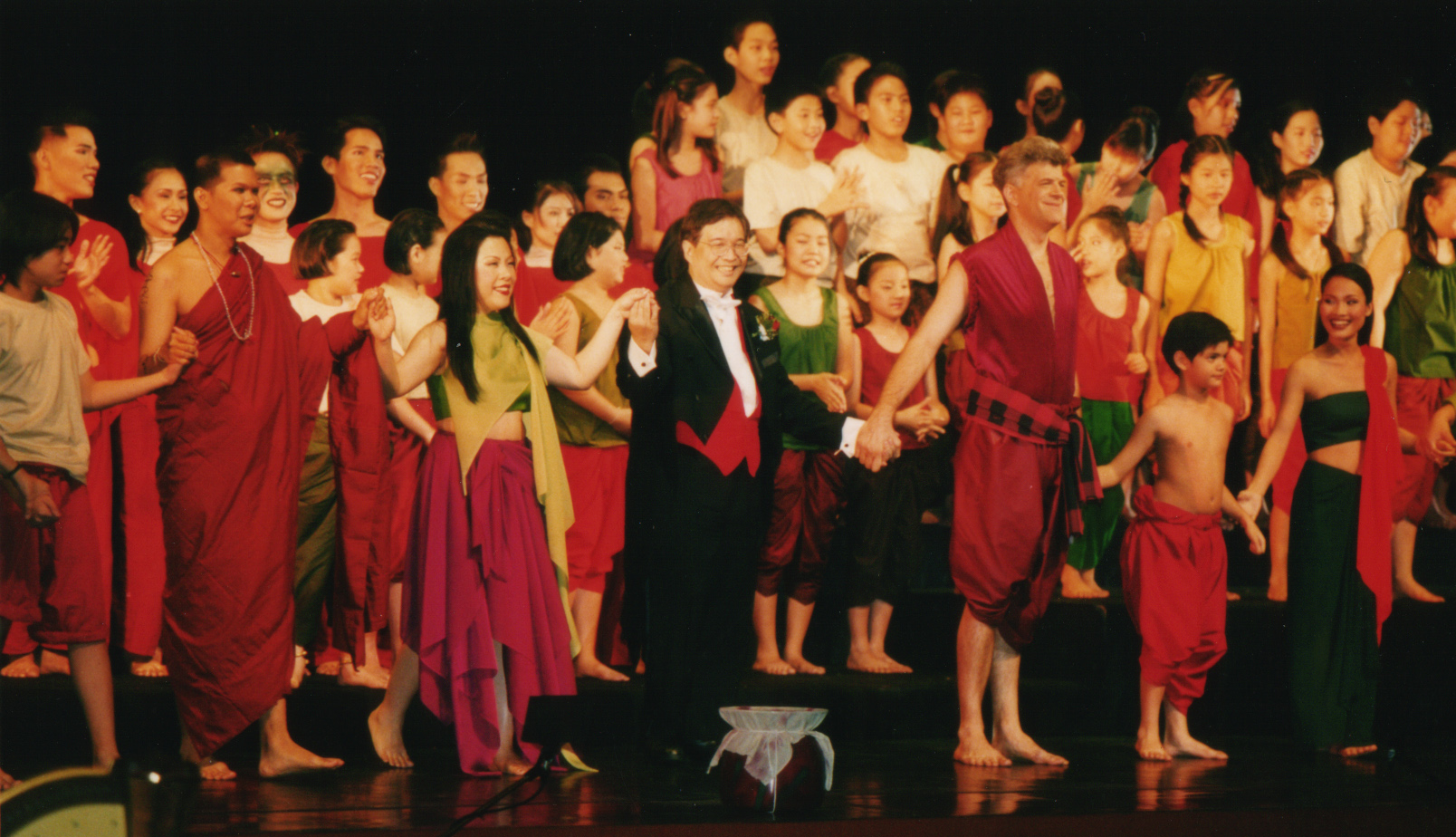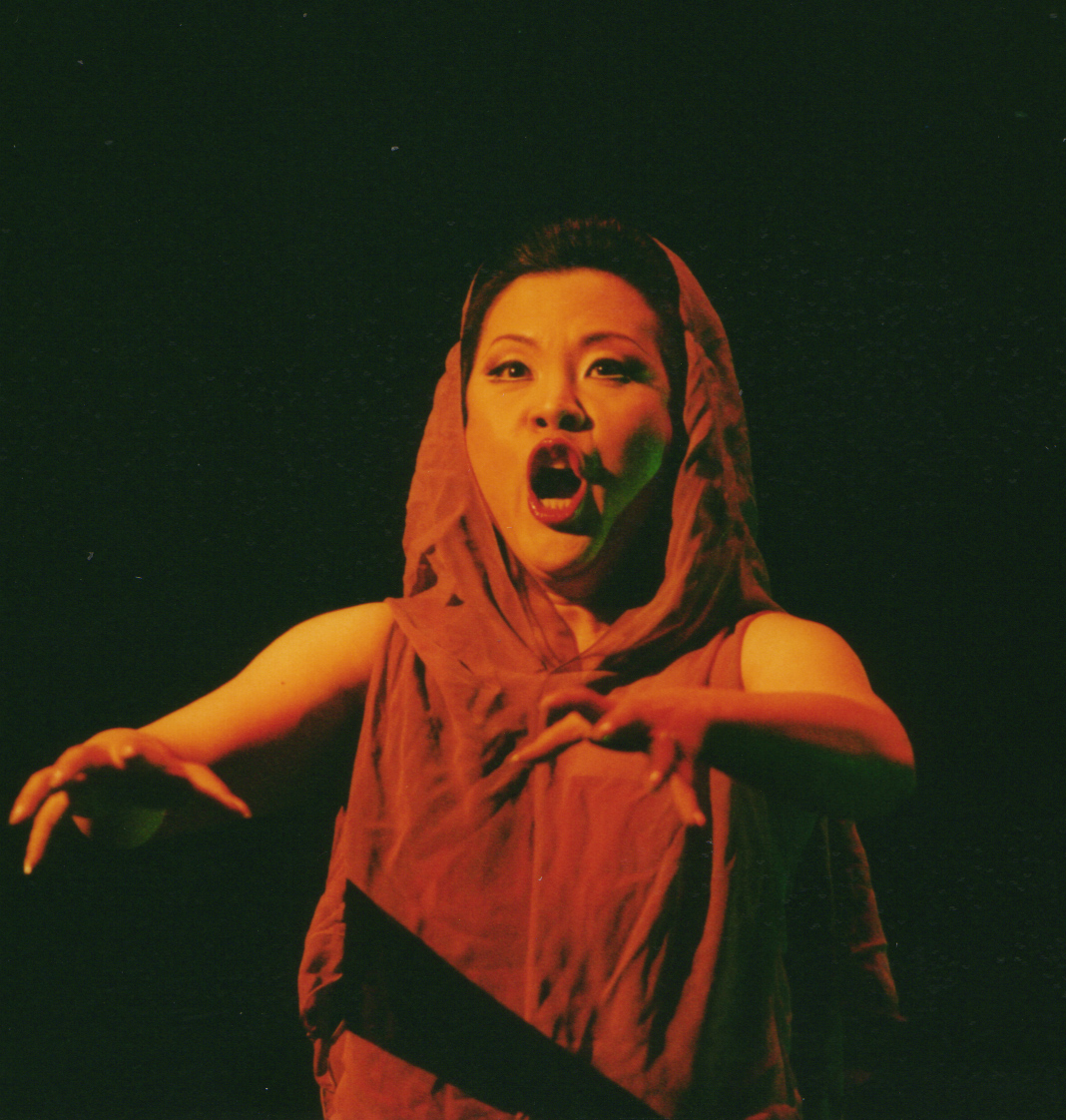- Project Leader : Kawamoto Kanae (Ryukoku University, Graduate School of Letters)
Outline of Research
The folklore of “Mae Nak Phrakhanong” (Mother Nak of Phrakhanong District) permeates Thailand as the most popular story of a ghostly haunting as well as of the ideal woman loyal to her love. The story, originating in the nineteenth century, has been made into a plethora of versions, including a novelette, a radio drama, and more than twenty film adaptations. My research focuses on the 2003 opera Mae Naak, composed by Somtow Sucharitkul, in order to clarify its idiosyncratic traits different from other adaptations. In my analysis, I examine previous studies that emphasize Buddhist dominancy over the ghost Nak as depicted in most adaptations of the Mae Nak story, and reconsider the Buddhist texts that those previous studies have referred to for their reasoning. These examinations show that Somtow creates a figure of a contemporary and realistic Thai woman and attempts to reflect the actual beliefs that the Thai people hold.
Purposes of Research:
This paper has two research purposes. First, I show the process of how the predominance of Buddhism is assumed in the subjugation of spirits or ghosts (local beliefs), despite Thais’ multiple feelings of affection and fear for Mae Nak. This dichotomy between religious traditions has confined Nak within a simple horror genre in which the demonic ghost should be defeated by a Buddhist monk. The textual examination of the process helps to understand the historical background of the modernization of Thailand, which resulted in the development of the story to emphasize Buddhist ideas in most adaptations. In contrast, I show the way that Somtow downplays the judgmental superiority of the Buddhist monk who exorcises the ghost.
Second, I show that Somtow depicts Nak as a realistic and modern woman and emphasizes the bonds of love between Nak and her husband, Mak. Somtow’s interpretation of the Mae Nak story reflects the ideas of Thai Buddhism. The libretto affirms Nak’s powerful passion—usually the cause of her Buddhist “downfall” as a ghost—to recreate her character as a new Thai heroine based in reality. This examination will be conducive to the understanding of femininity and Buddhist beliefs in modern Thailand.
Significance of Research:
My research on Buddhist influences in the story of Mae Nak is conducted as an interdisciplinary study of both Buddhist texts and modern Thai culture. While Somtow’s adaptation may include modern and westernized interpretations in depicting the love between Nak and her husband Mak, it reflects an essential love rooted in traditional Buddhist understanding of life in a wider sense. Moreover, my research of this opera version, a form of Western art, will show an example of cultural maturation in Thai society.
Expected Results
I plan to present the result of my research in both Japanese and English in order to reach a wide audience of researchers who are interested in Thai oral literature and folklore. Moreover, my examination of the opera Mae Naak is the first attempt to trace how the figure of Nak has been changed after Nang Nak, the film which is most studied among the adaptations of the story of Nak. This research will provide a new understanding of the Mae Nak story that is relevant to a variety of research fields such as anthropology, Thai studies, Buddhist studies, musicology, and horror studies, because the libretto contains multiple elements including a Buddhist narrative, a horror story, and music.
 Naak and Maak in the opera Mae Naak |
 Somtow Sucharitkul, the composer of the opera Mae Naak |
 The opera Mae Naak |
